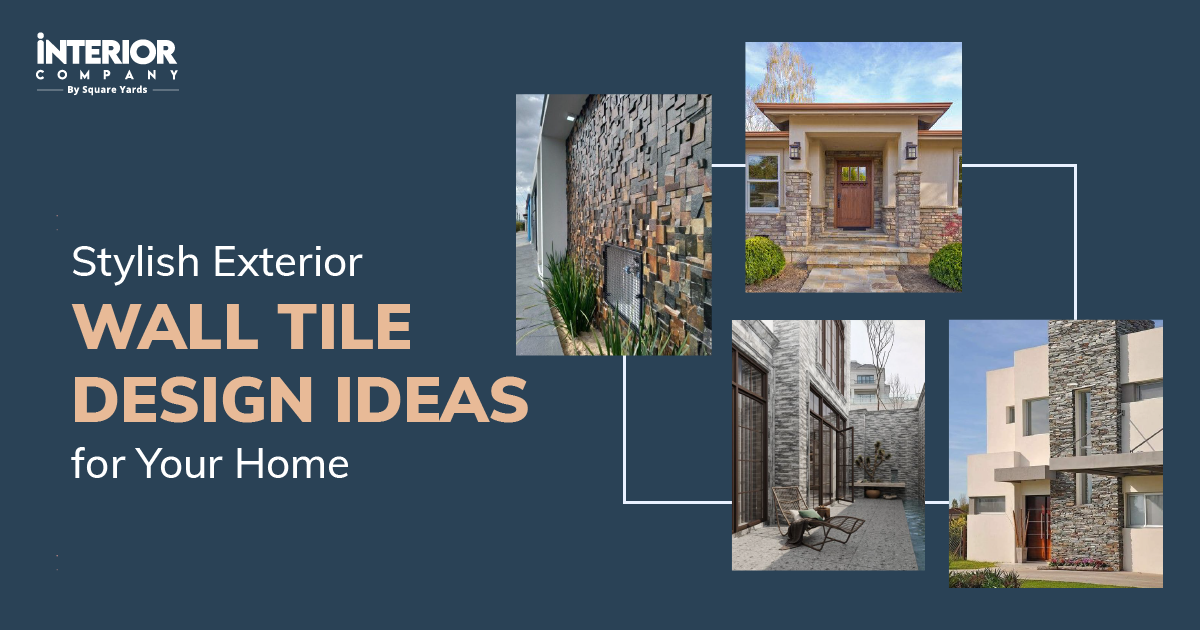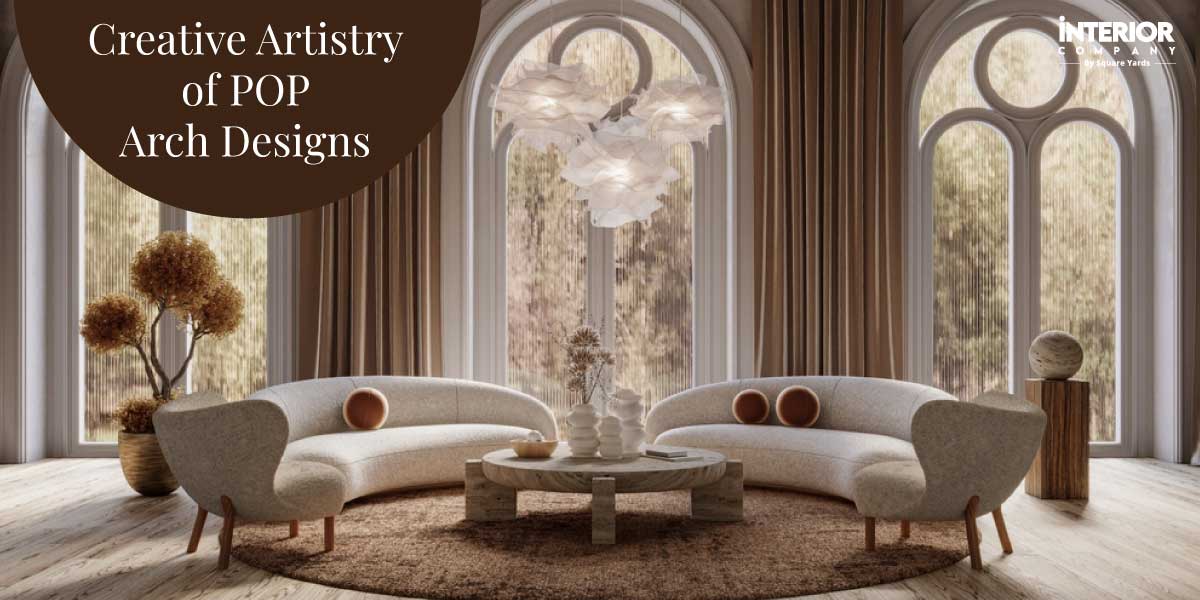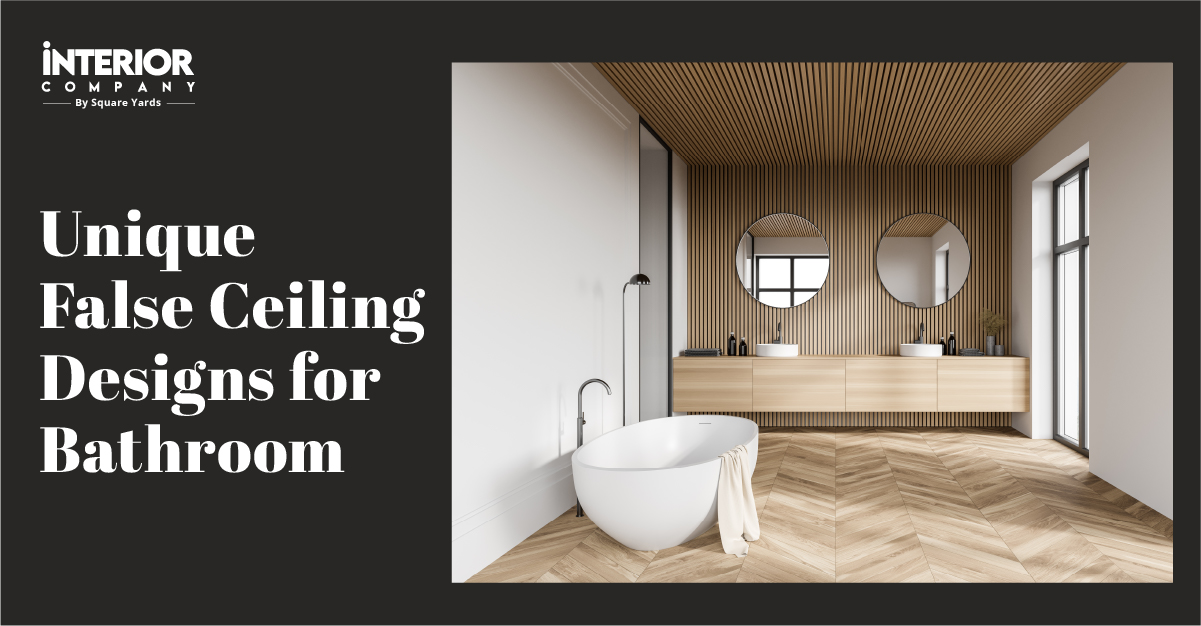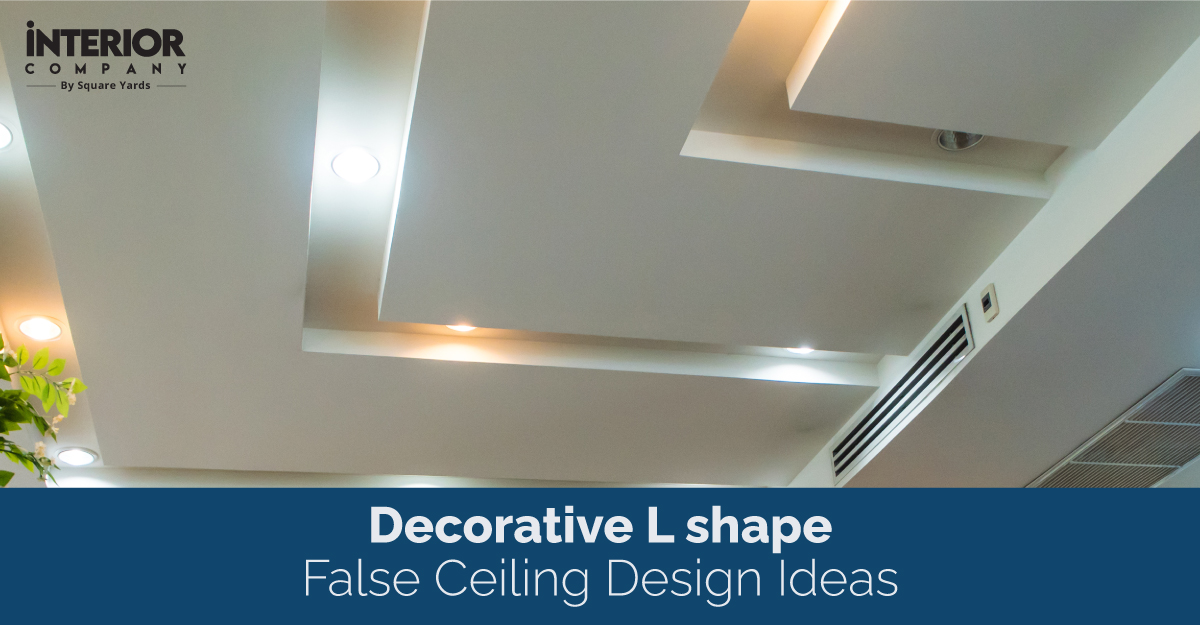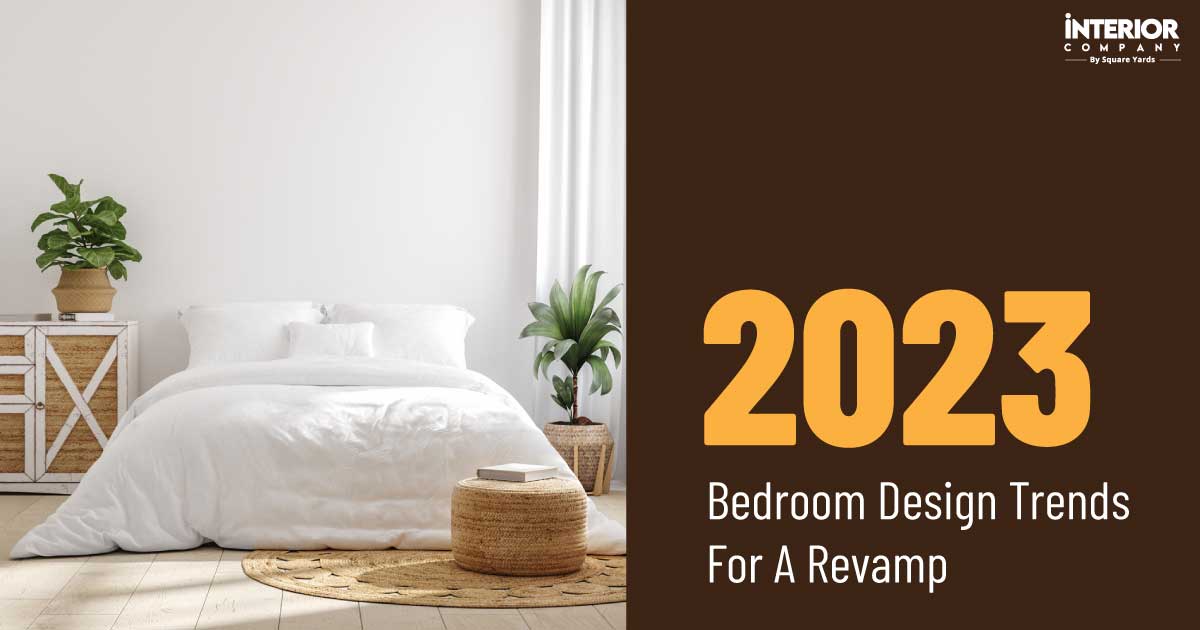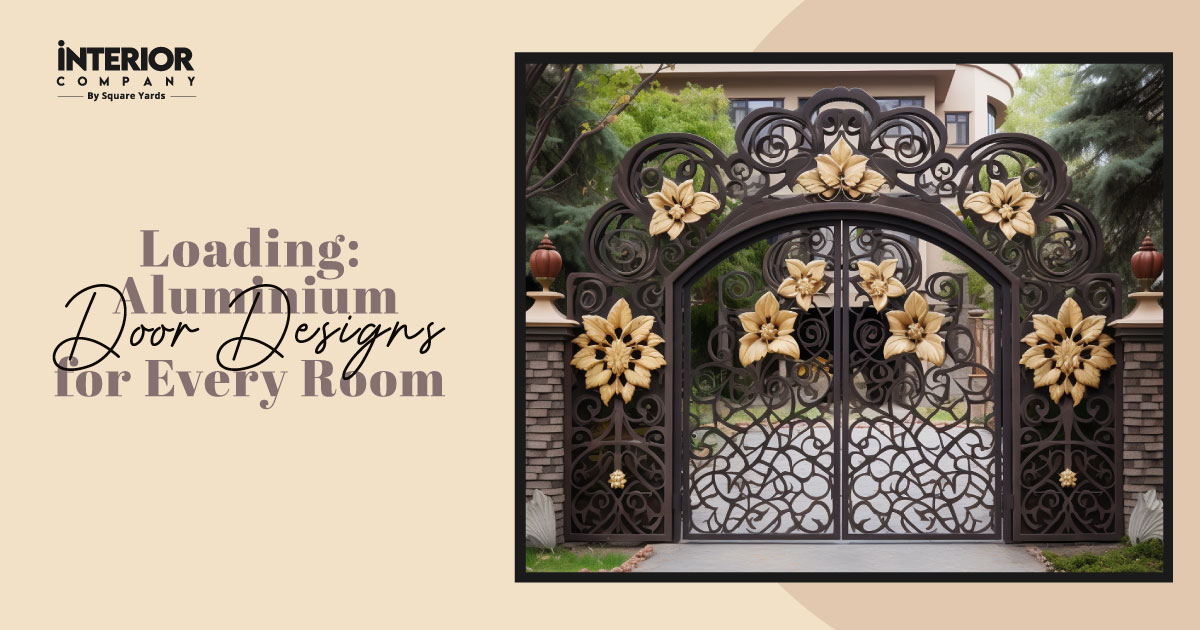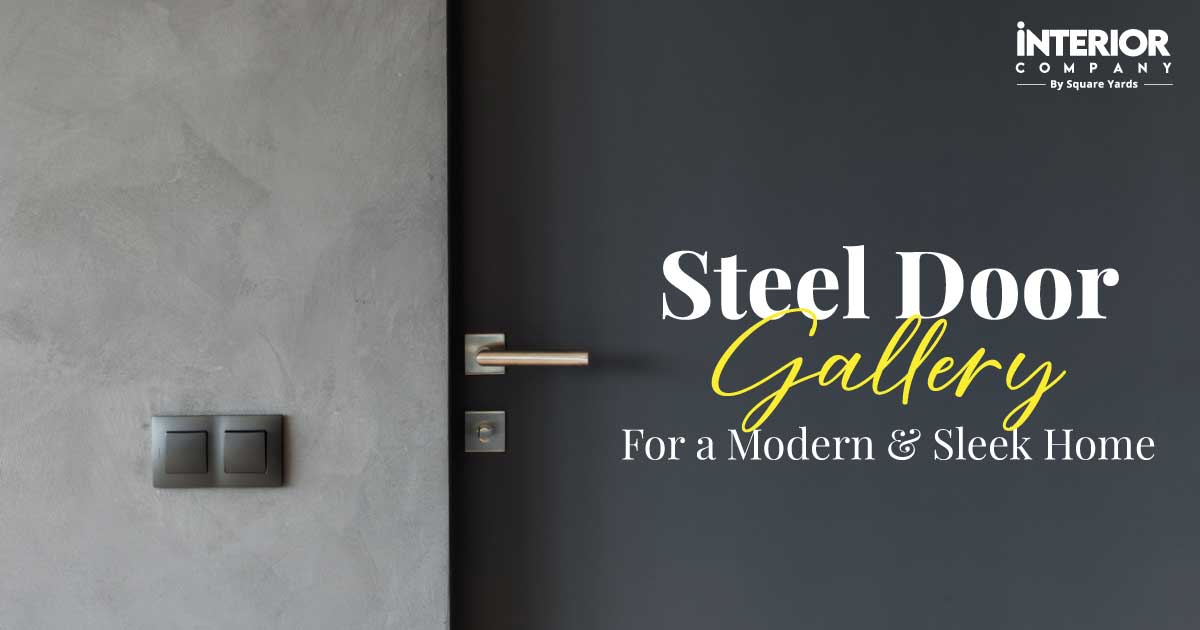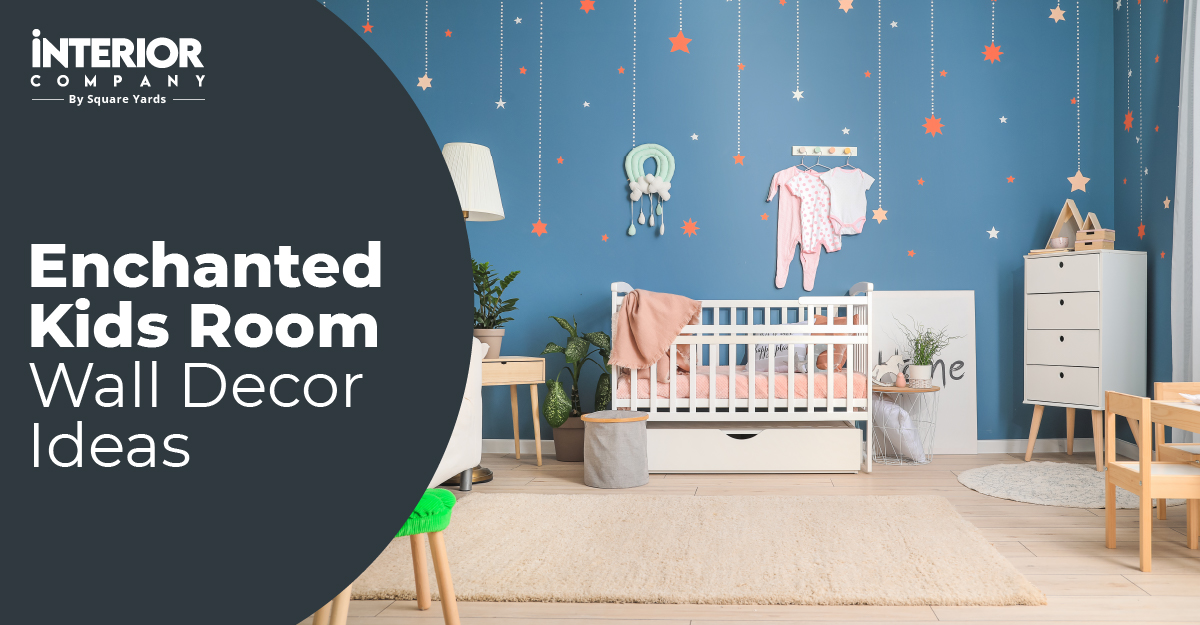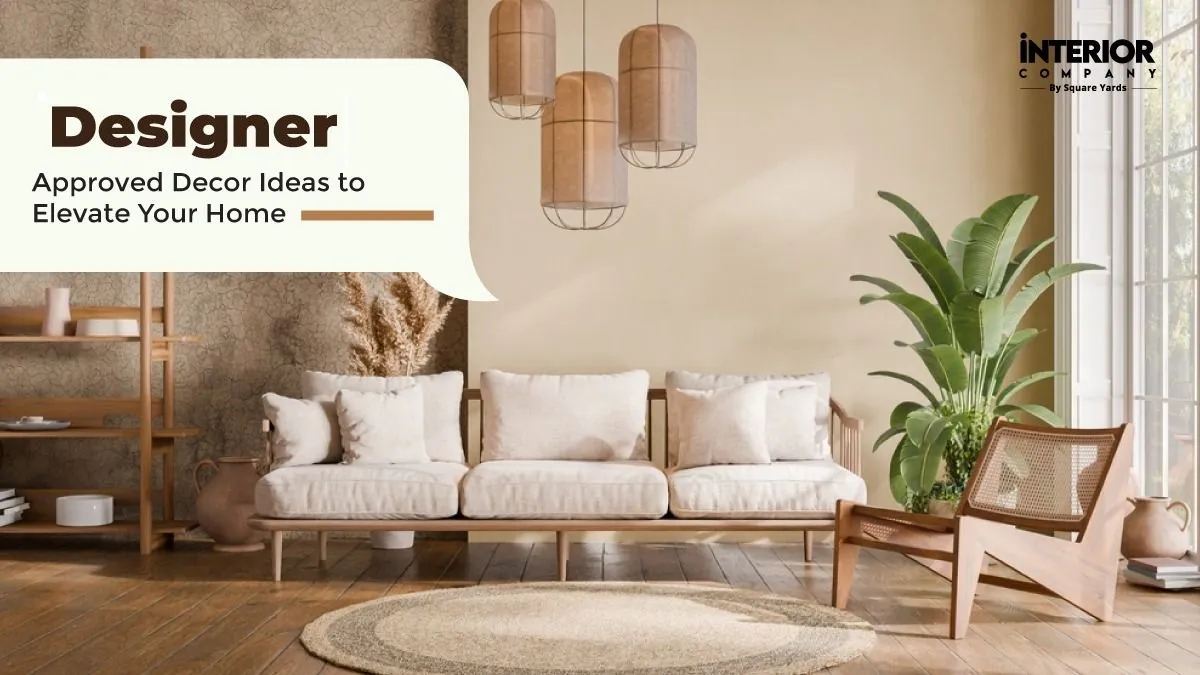- Kitchens
- Design Ideas
- Cities
- Trends
- Guides
- Price Calculators
- Our PortfolioNEW
- More
- Home
- Trends
- Construction
- Materials
- Analysis Of Hdhmr Vs Plywood
A Comparative Analysis of HDHMR vs Plywood
Construction material is the backbone of any building project, with a broad spectrum of options available to architects, builders and designers. Amongst them, the two most popular choices are HDHMR (High-Density High Moisture Resistant) and traditional Plywood. Both these materials serve distinct purposes, specific characteristics, inner strength and quality.
Table of Content
HDHMR is the modern version of plywood designed with cutting-edge technology to withstand challenges like moistness and humidity, making it a paragon choice for areas such as kitchens and bathrooms, while commercial plywood is versatile and widely available for decorative pieces. Before exploring the differences between HDHMR and Plywood, let’s understand their unique features and types.
Comparison Between HDHMR and Plywood
HDHMR and plywood are two commonly used engineered wood products in the construction industry. While they may appear similar, there are several differences in their composition, specifications, properties, and cost.
| HDHMR | Plywood | |
| Composition | Made of thin layers of veneers | Blended wood fibres and forest wood waste |
| Thickness | 3 mm to 25 mm | 3 mm to 32 mm |
| Weight | Heavier than commercial plywood | Light in weight |
| Moisture Resistant | Due to its smoother and denser surface, it has high resistance | It may absorb moisture and may swell or warp over time. |
| Strength | High-tensile strength than plywood | Strong and sturdy |
| Fire resistance | Combustible | Combustible |
| Sustainability | Manufactured through eco-friendly process | Non-environment-friendly |
| Applications | Kitchen cabinets, bathroom vanities, and wardrobe designs. | Custom Furniture and decorative panels |
| Cost | Cost varies depending on the thickness and grade | Inexpensive as compared to other materials. |
What is HDHMR?
HDHMR stands for High-Density High Moisture Resistance board. It is formed by combining wood fibres and forest wood waste which is pressed together through a constructed process under high pressure and heat to create a robust, uniform board.
What Is Plywood?
Plywood is a type of engineered wood that is moulded by glueing thin sheets of veneer ( also known as ply/plies) together under high pressure to form a consolidated and flexible material crafted to withstand wear and tear.
Plywood is a versatile material fabricated from hardwoods and softwoods and has several different types with their attributes and properties.
Types of Plywood
Source: Pinterest
These are the following quality plywoods that are available in the Indian market and play an essential role in all your furniture needs in home interiors.
1. MR Plywood
The most widely known variant is moisture-resistant grade plywood or commercial plywood. This high-quality plywood is preferred in the construction industry for making wall panelling and partitions due to its high resistance against humidity and moisture.
2. BWR Plywood
BWR Plywood (Boiling Water Resistant Plywood) is composed of phenolic resins and has the highest water resistance. This wrap-free plywood is suitable for humid climate conditions and lends an ideal choice for modular kitchen design and bathrooms.
Source: Pinterest
3. BWP Plywood
BWP stands for Boling Waterproof Plywood that can withstand prolonged exposure to temperatures and moisture conditions. This plywood has dimensional stability and is made up of three or more veneer sheets glued together. It is more expensive than BWR or MR Plywood since it ensures increased strength and durability.
4. Marine Plywood
This type of plywood is layered with a waterproof adhesive and is used in wet or damp environments, such as boatbuilding, docks, and other marine applications.
Other types of plywood are Fire safe ply, Architectural grade ply, Flexi ply, and Shuttering ply.
Also Read: All You Need to Know About HDF and MDF Wood
Size and Thickness of Plywood
Source: Pinterest
Plywood is commonly referred to as ‘Ply’ and is sold in flat sheets globally. They are classified into different sizes, thicknesses, and grades, and each board carries out specific application and uses.
The commonly manufactured plywood size in India, is 8 feet long and 4 feet wide. Other sizes available are
- 10' x 4'
- 7'² x 4'²
- 7'² x 3'²
- 6'² x 4'²
- 4' x 4'
Plywood can range in thickness from 1/8 inches to 1 1/4 inches. While buying plywood, it's important to consider the appropriate size and grade, based on function, appearance, strength, and durability.
Difference Between HDHMR vs Plywood
Source: Pinterest
HDHMR is a type of plywood with supreme quality and low maintenance. It is widely used in home Interior design applications, including kitchen cabinets, shutters, furniture, etc. In contrast, Plywood, made by bonding thin layers of wood veneer at right angles, is glued together with an adhesive. This cross-gaining provides its strength, versatility, and resistance to warping.
Source: Pinterest
Over the past decades, commercial plywood, is extensively used in the construction and furniture-making industries. With the advancement of technology, an improved version of Plywood, i.e. HDHMR, offers sturdy woodwork and innovative designs.
HDHMR Advantages
Source: Pinterest
HDHMR (High-Density High Moisture Resistant) plywood is uniquely designed with the latest technology to be resilient to high moisture levels and humidity. In India, action Tessa is the first manufacturing company to produce this substitute of plywood. If you compare action Tessa vs Plywood, these fibre boards have uniform density, are environment-friendly, termite-resistant, and cost-effective, making them a popular choice in interior design.
Here are the following benefits to look for:
- HDHMR is more robust than plywood as it is made from hardwood fibres and is excellent in heavy traffic zones like kitchens and bathrooms.
- Water Resistance- This is the USP of these boards that can withstand highly moist areas and climates. As opposed to traditional plywood, which is susceptible to warping, peeling, or rotting. HDHMR boards are formed with special glues to bind them that do not absorb water easily.
- A quality that makes HDHMR superior to conventional ply is its termite-proof resistance. Due to its pressing technique, it removes small wood contents and eliminates any particles that could attract termites.
- HDHMR plywood has a polished, evenly-textured finish and is ideal for painting, varnishing and laminating while enhancing the aesthetic value of your home.
- They are designed with precise cut and routed edges, leaving no core gaps.
- HDHMR ply boards offer low maintenance- all it requires is a damp cloth and lukewarm water to clean the surface of cabinets and shutters.
- HDHMR vs Plywood price comparison- These high-density plyboards provide cost-effective solutions.
- HDHMR plywood is constructed through a sustainable process using fibre chips, agriculture waste and forest wood waste, making it an eco-friendly choice for home designers.
HDHMR Disadvantages
Though HDHMR has several advantages, it has some limitations too:
It is denser and heavier than other construction materials, making it tough to handle and transport. Due to its high density, it can be arduous to cut and shape, without professional help. Additionally, it is available in thinner thicknesses and might not be suitable for all applications. The long-term use or improper storage of these plyboards can cause warp or lose their shape.
HDHMR Applications
1. Kitchen
Source: Pinterest
HDHMR plywood is effectively useful for kitchen cabinets, countertops and backsplash as the kitchen is most susceptible to water and moisture. These boards can defy moisture and humid conditions as they do not easily bend or distort the shape. Moreover, the natural grain pattern adds a distinctive touch while infusing colour and texture to your kitchen interiors.
2. Wardrobe
Source: Pinterest
If you're looking for a premium quality modular wardrobe design that is lightweight yet durable, then choose the HDHMR board for its efficiency and appeal. These boards are used in making the interior frames, shelves, and drawers, while they are impermeable to warping, cracking, and shrinking. HDHMR plywood is also easy to work with and cost-effective, making it an ideal choice for wardrobe designs.
3. Flooring
Source: Pinterest
HDHMR plywood is an innovative flooring solution that offers a sturdy and beautiful finish to any room, specifically in moisture-prone areas, such as basements or bathrooms. Its smooth and unique grain pattern adds a touch of natural appeal and elegance to any space. In addition, the installation process and maintenance are easy and breezy.
Also Read: HDF vs Plywood: Which One to Use and When
Difference Between HDHMR and MDF
Below we have distinguished two popular construction materials, MDF (medium-density fiberboard) and HDHMR ( High-Density High Moisture Resistance board). By considering the various factors, including features, usage, maintenance, and cost, you can choose the right material for your next project.
| MDF | HDHMR |
| Produced of hardwood and softwood | Formed of wood fibres from forest |
| Flexible and easy to work with | Low – maintenance |
| Good strength and durability | High enduring strength than any other material |
| Medium moisture density (between 600-800 kg/m3) | High-Density (above 840 kg/m3) |
| Termite & borer resistant | Termite & borer resistant |
| Cost-effective | Higher cost than MDF |
The Bottom Line
HDHMR plywood is a versatile material and an enhanced version of plywood that offers superior moisture resistance and longevity. When it comes to strength, both materials are reliable and durable. It's the HDHMR boards that can withstand prolonged exposure levels of moisture and humidity. From modern kitchen designs to furniture pieces and flooring, HDHMR plywood elevates the aesthetic value of your home.
Overall, the choice between HDHMR vs plywood depends on the specific needs, budget, and desired properties. For more guidance on design and home decor products, contact the experts at Interior Company.
Top Interior Designers in Your City
Ready for a home transformation?
Let our designers assist you!
Recent Posts
HDHMR refers to a High-Density High Moisture Resistance board formed under high pressure to create a uniform and strong structure.
HDHMR is a high-density fibreboard composed of a combination of wood chips and forest wood waste. This plywood material is specifically ideal for building furniture like kitchen cabinets, vanity counters and cupboards due to its heavy-duty, waterproof and high-tensile strength properties, as well as its resilience to heat and moisture.
Yes, these plywood sheets are ideal for kitchen and bathroom counters as they can sustain exposure to moisture and humid conditions.
Yes, HDMR, or High-Density High Moisture Resistance, is a plywood substitute used for exposure to moisture, such as in the kitchen, bathroom, and other areas.
Action Tessa HDHMR ply sheets come in variant thickness sizes- 3mm, 5.5mm,8mm, 12mm, 16, 16.75, and 18mm.
No, HDF and HDHMR are not the same materials. HDF is a type of engineered wood product made from wood fibre and resin, while HDHMR is a high-density moulded resin formed from a combination of wood chips and forest wood waste.
Related Category
- Exterior Design
- False Ceilings
- Furniture
- Tips and Advice
- Walls and Texture











